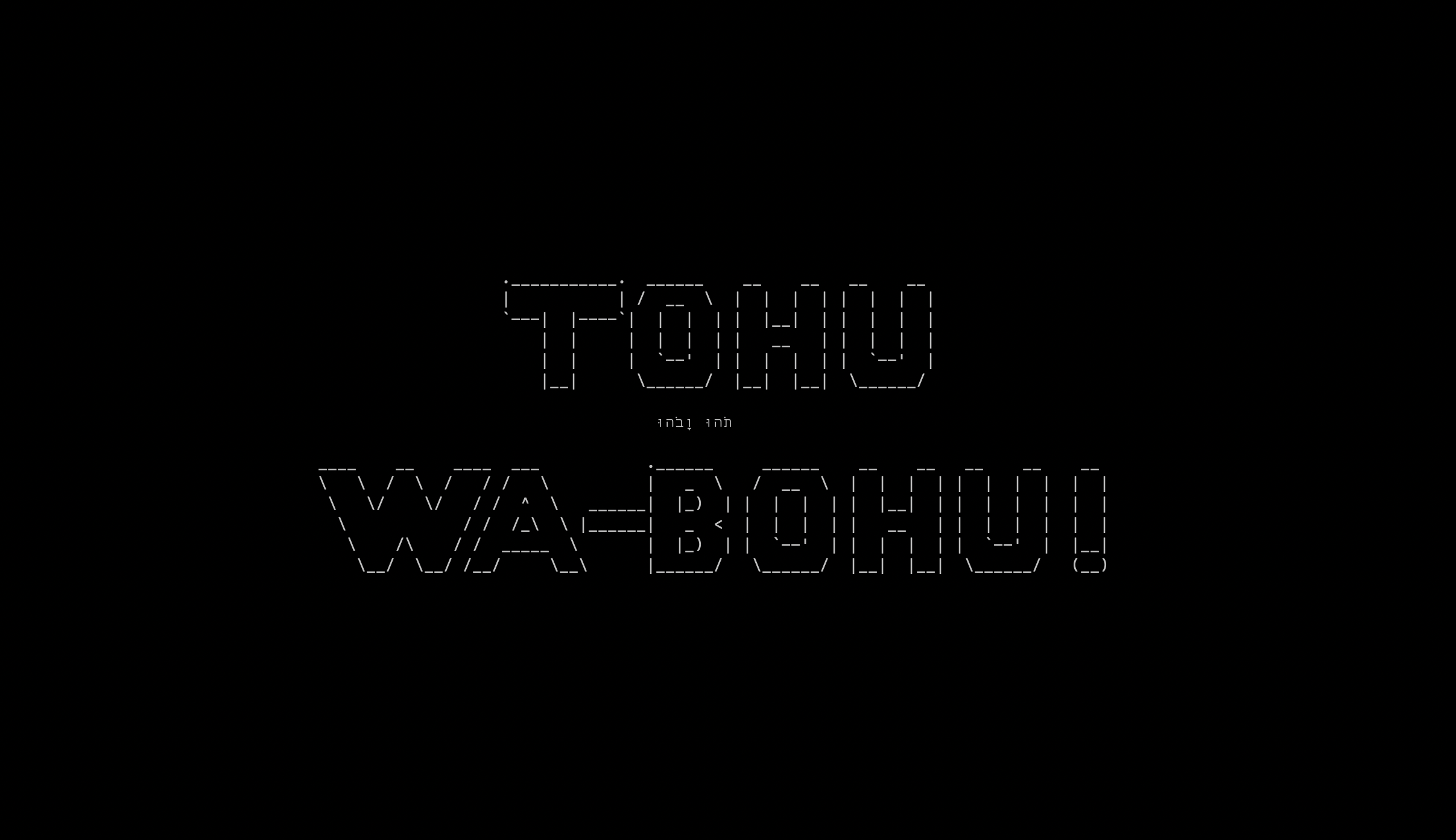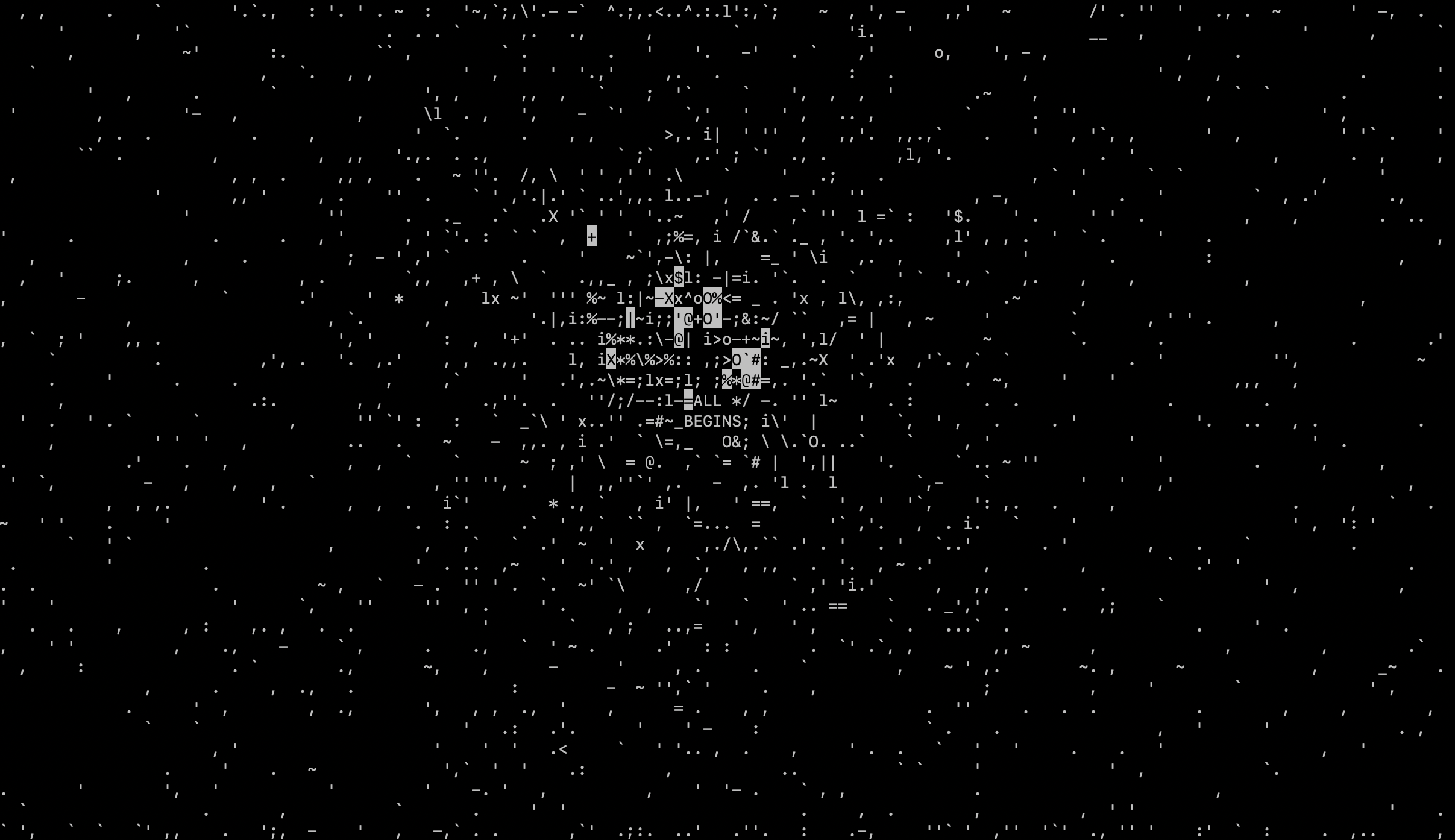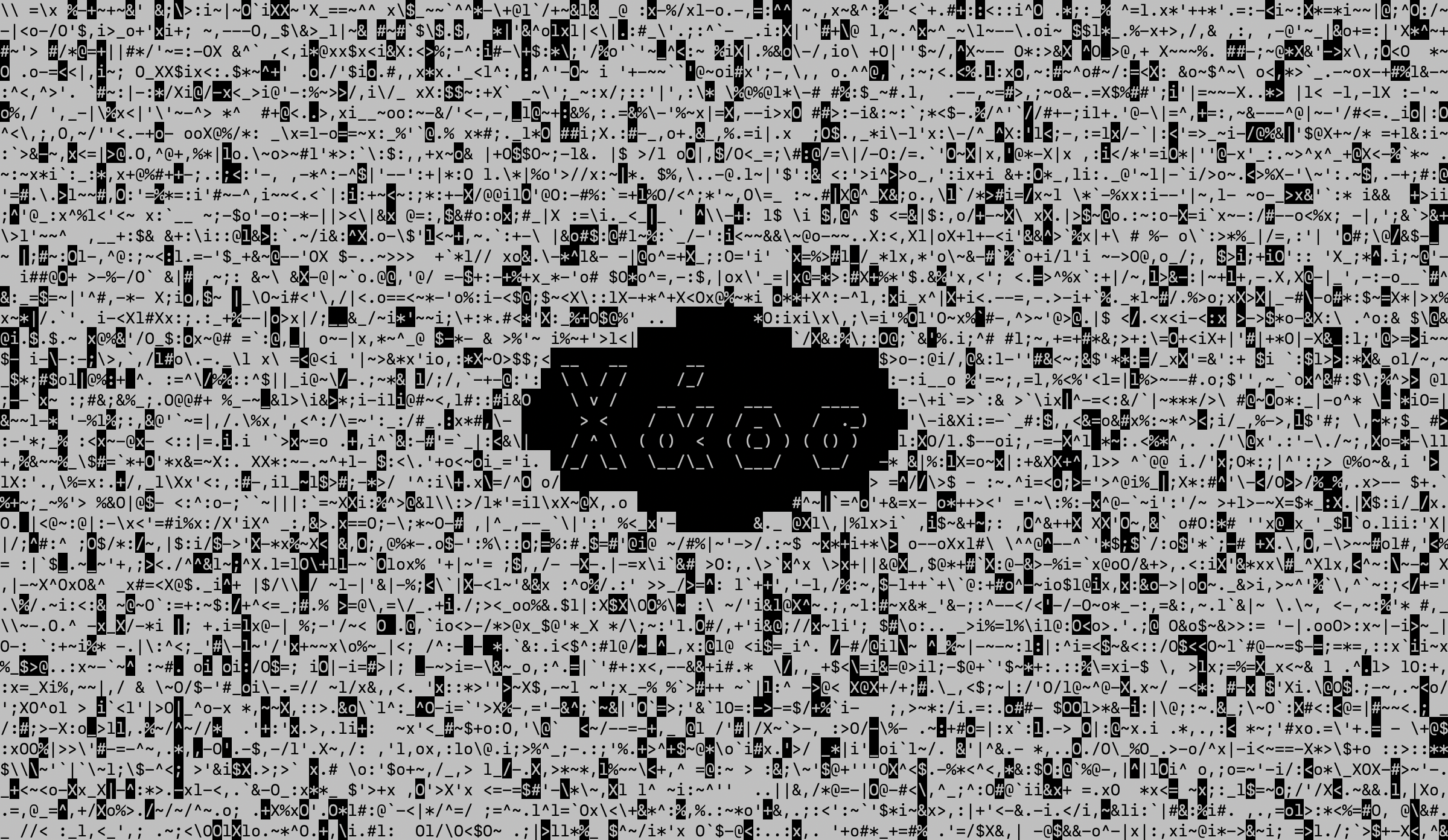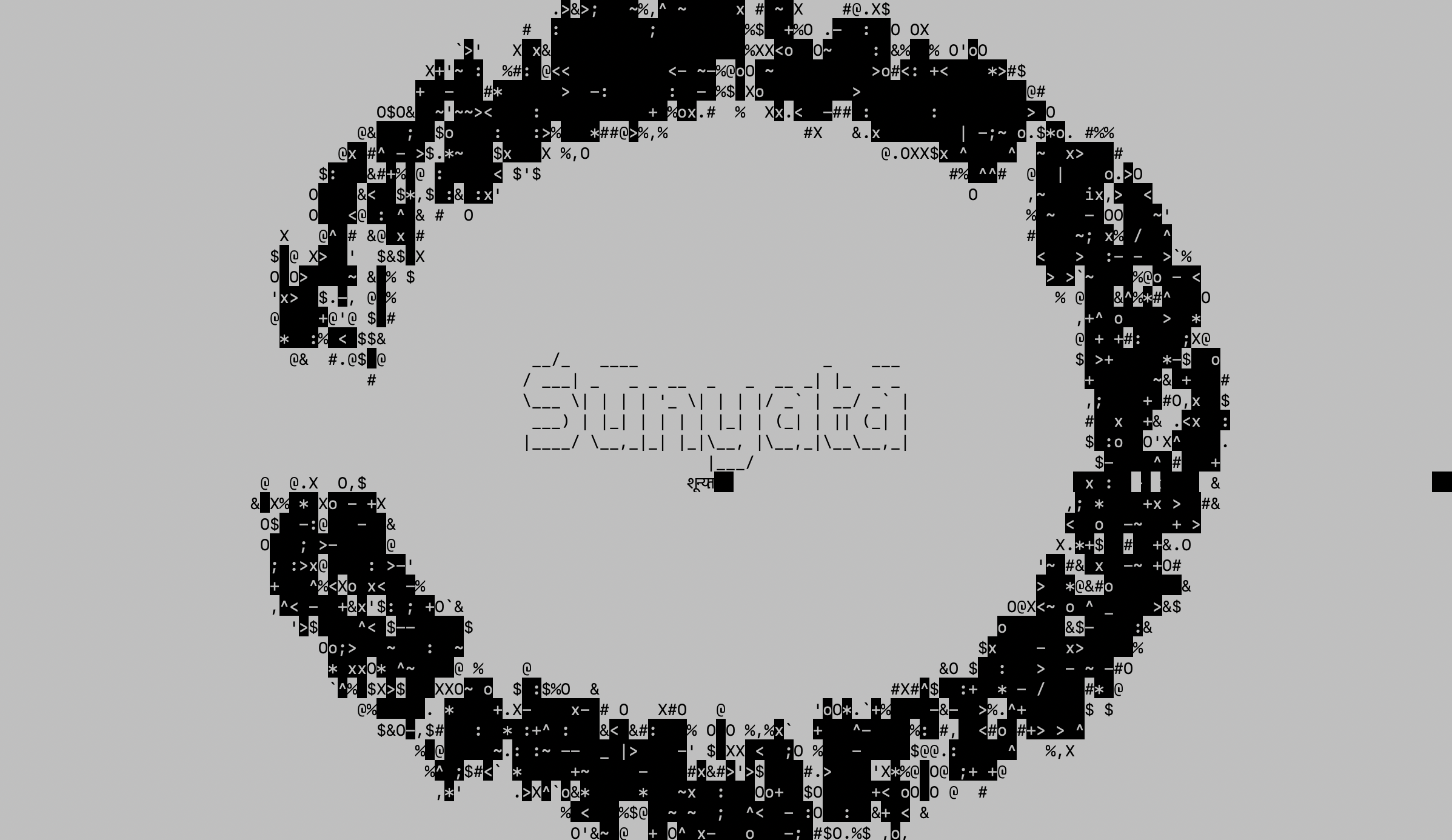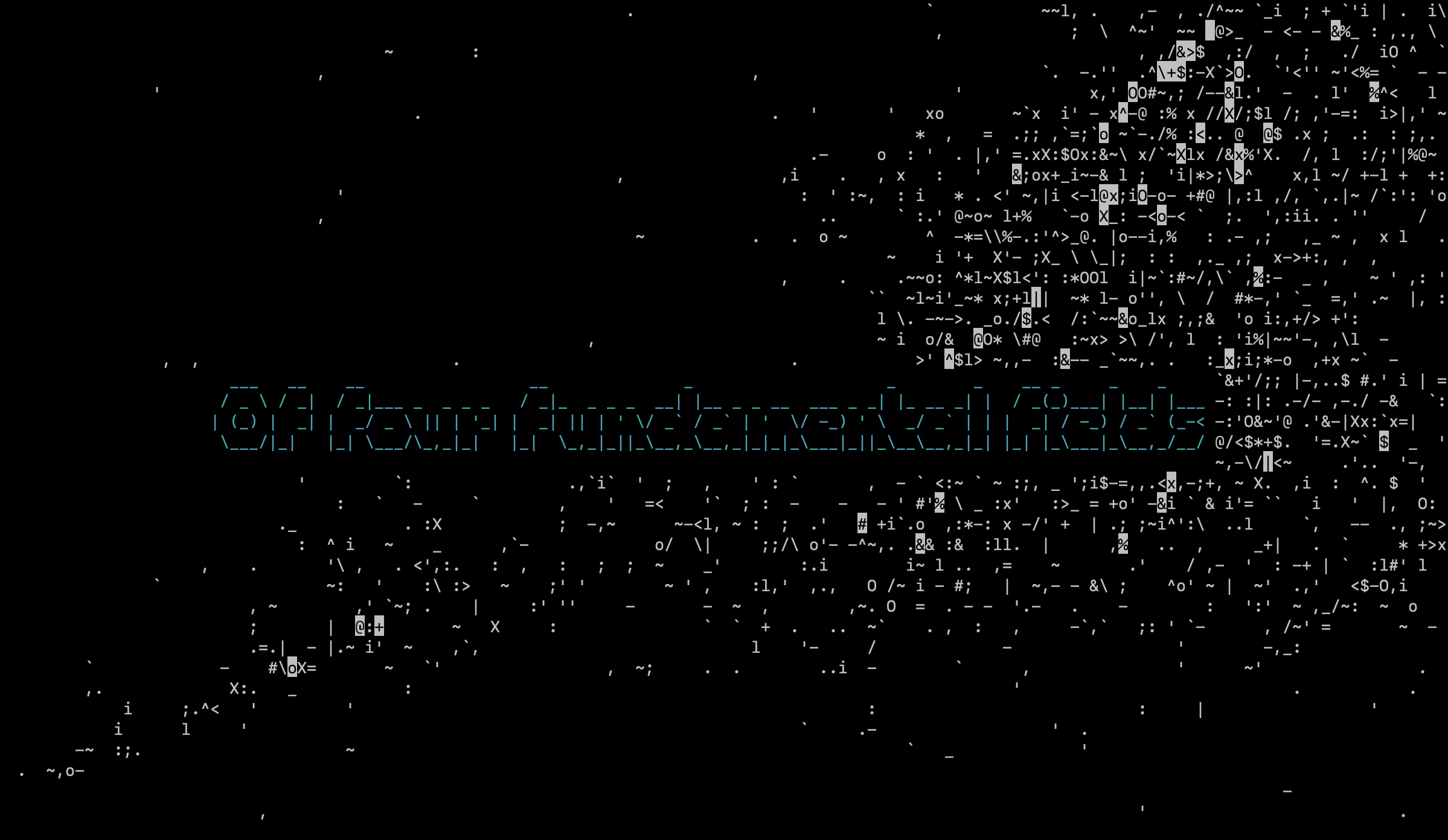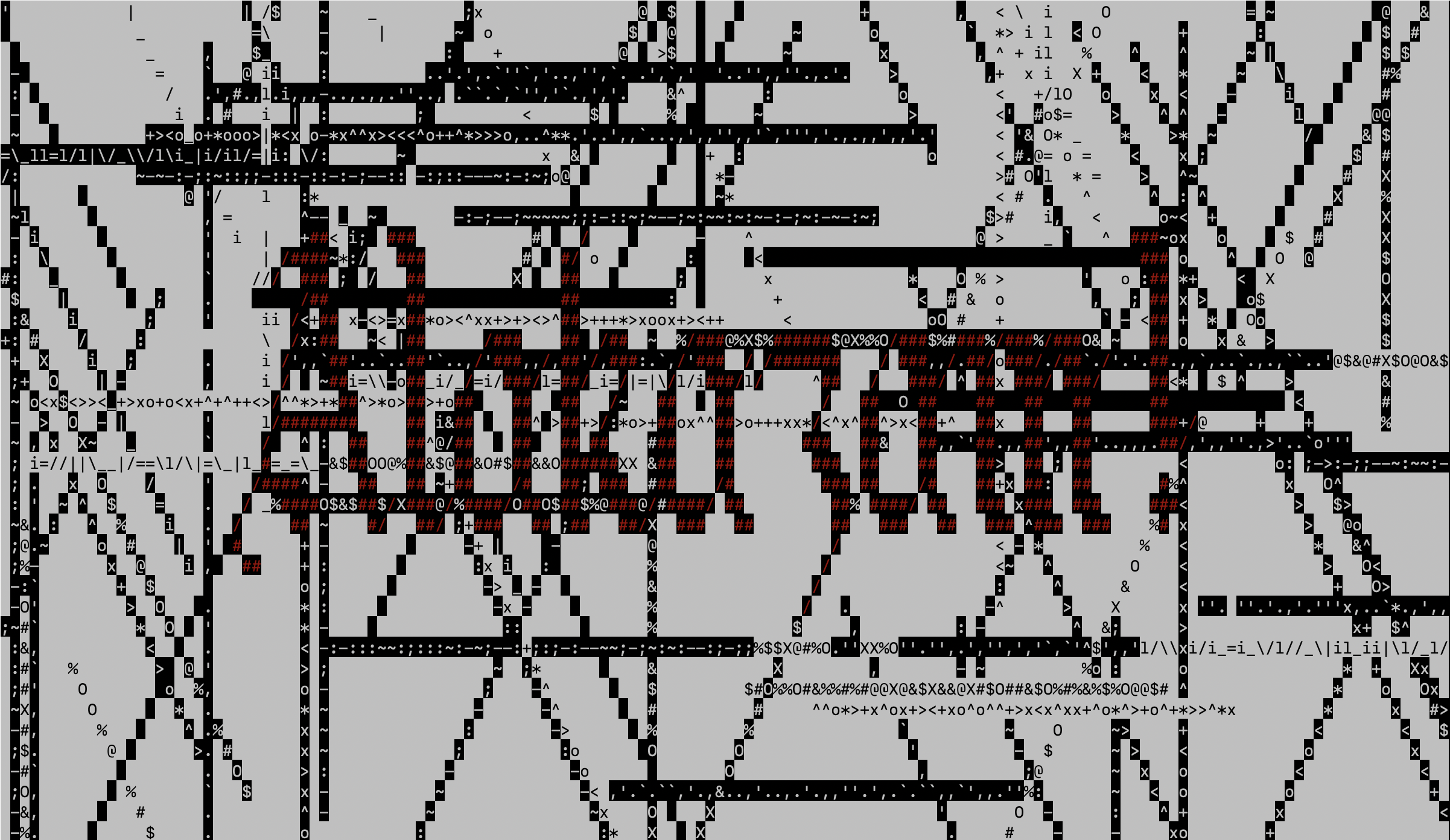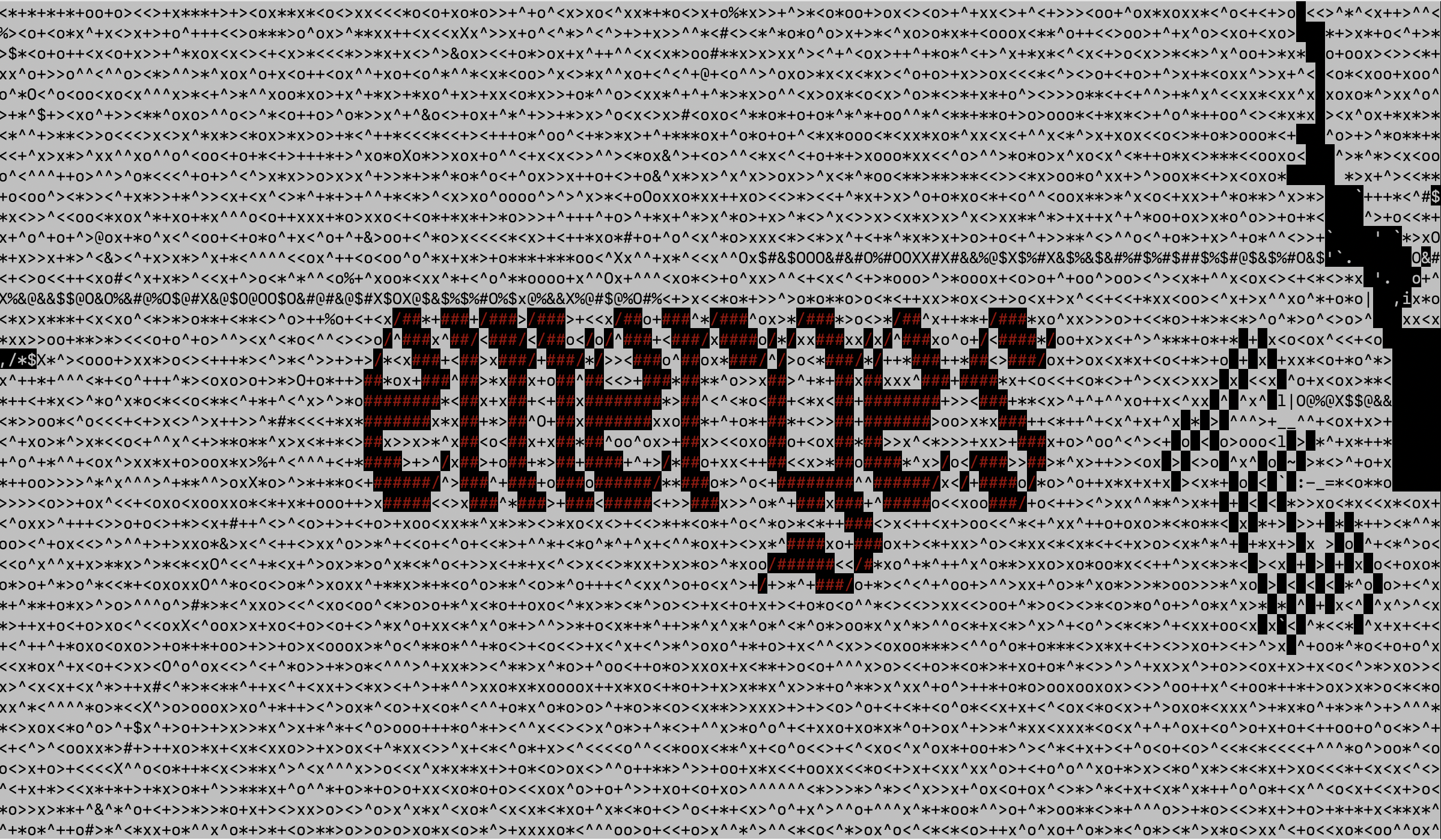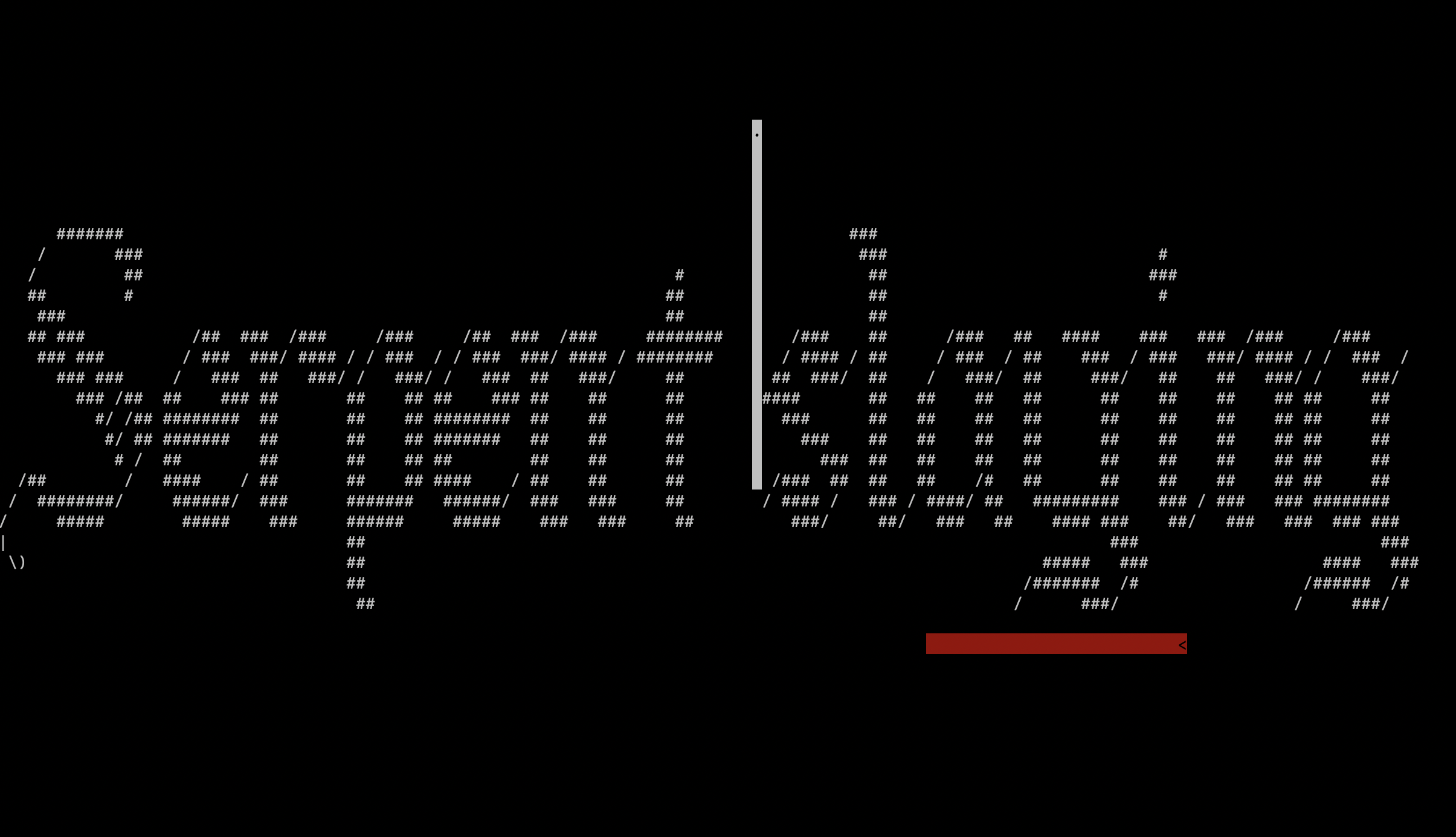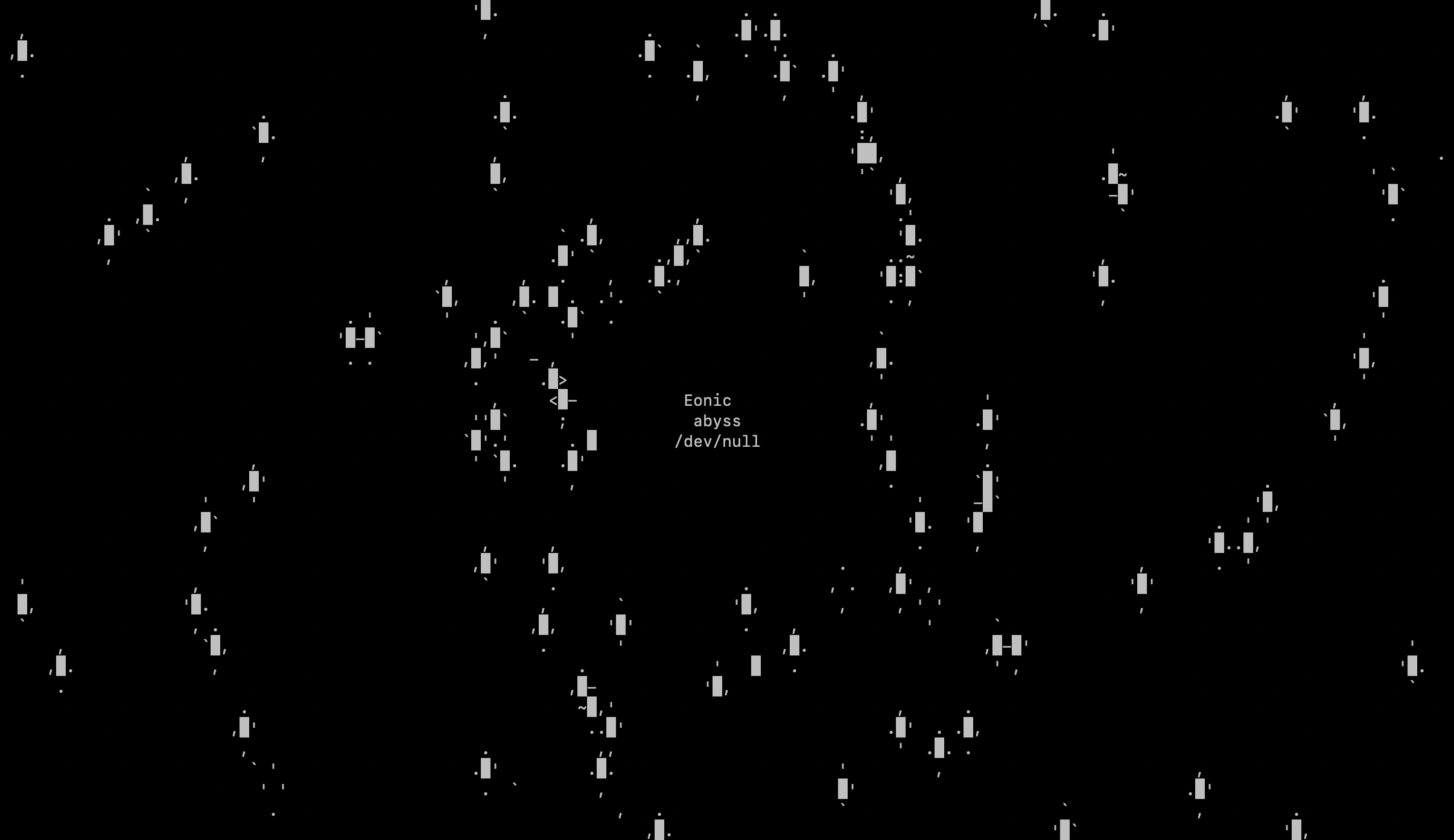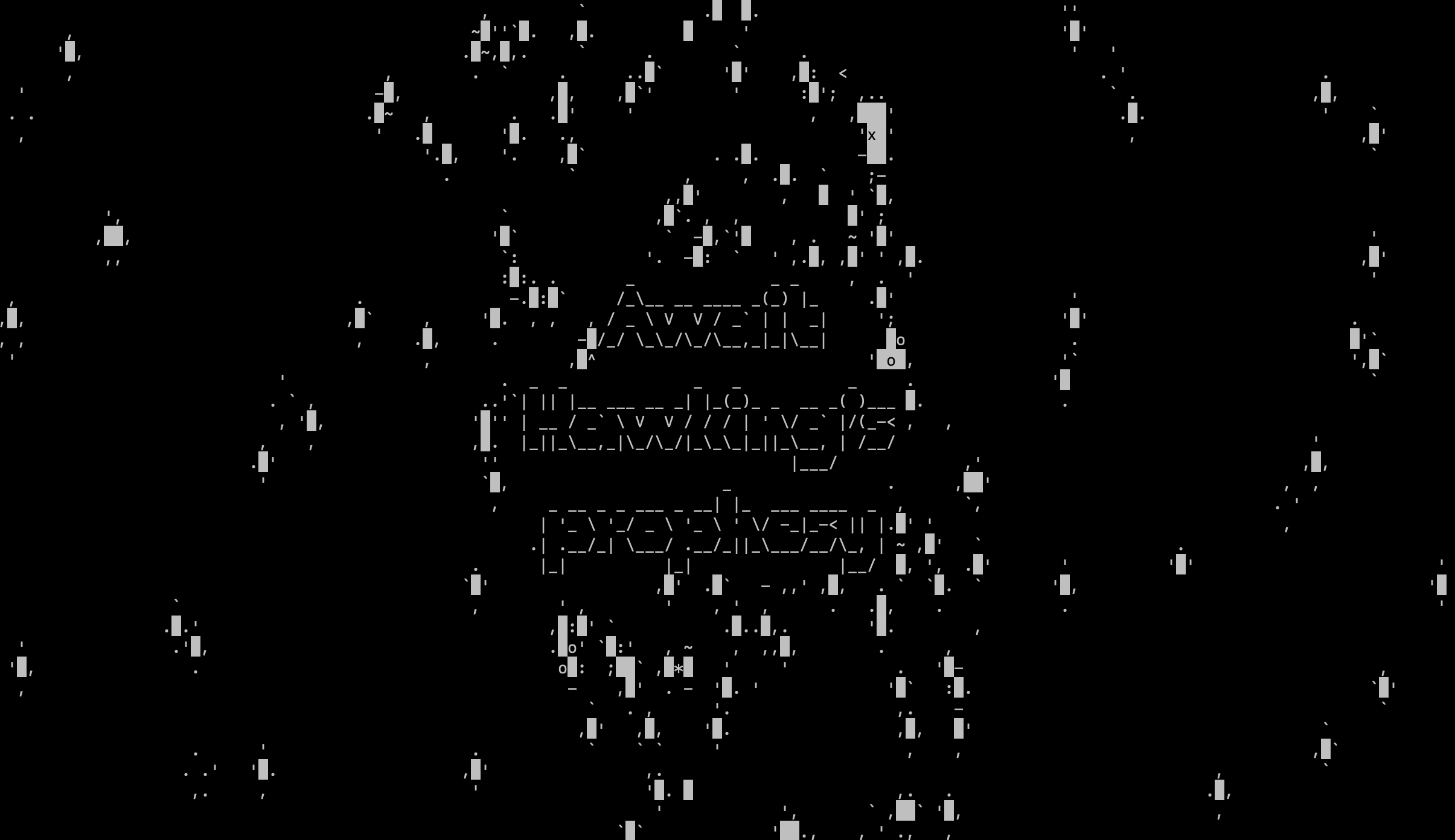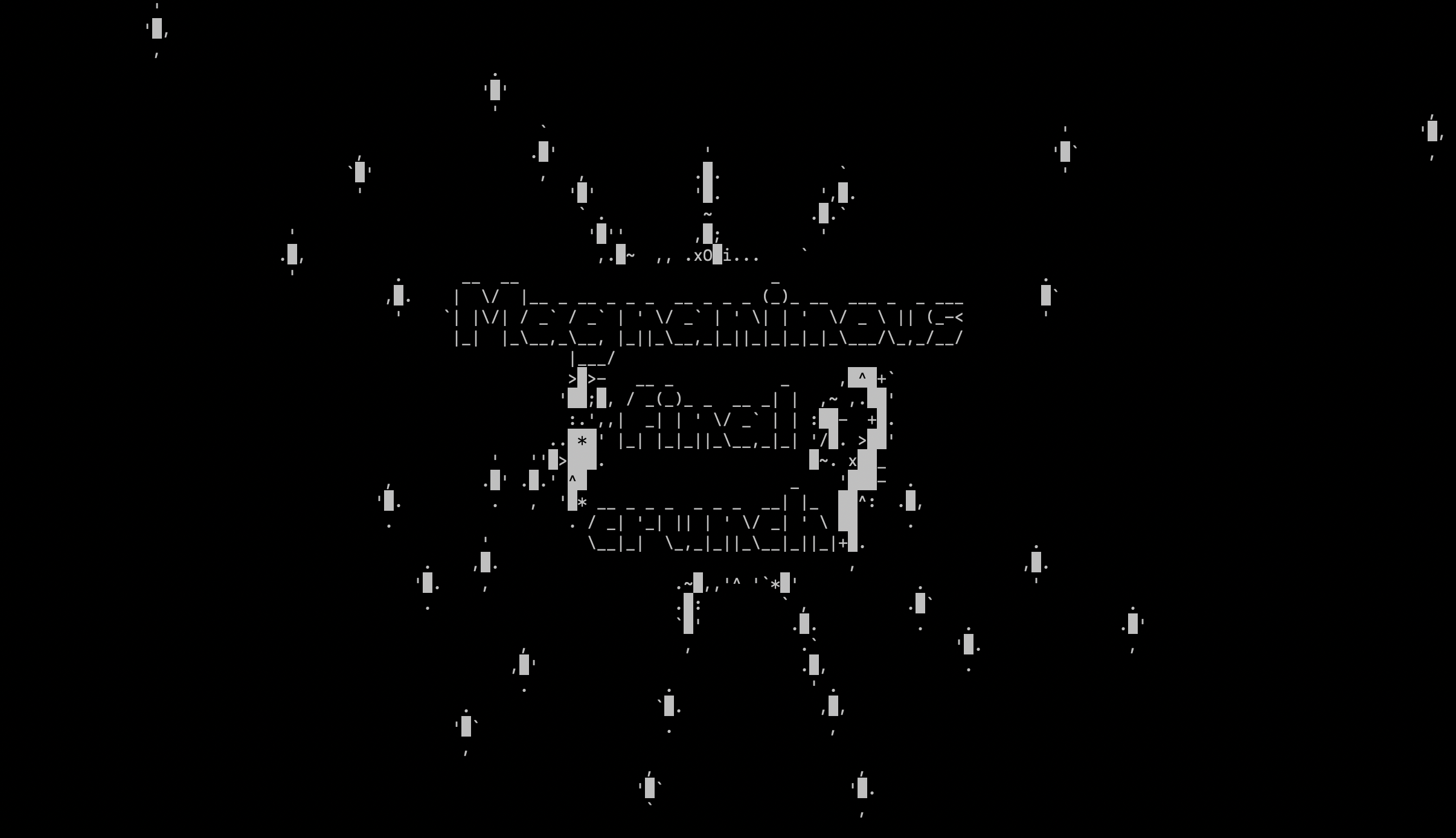Boot up / Genesis — Comparative Mythology Explanation
In this exhibit, I explain the invented syncretic mythology of “Boot up / Genesis.” I played this piece at Bleep Blorp on 18 March 2023 at the University of Massachusetts Lowell. You can watch the music video above. Here is the text, annotated with related hyperlinks:
Tohu wa-bohu תֹהוּ וָבֹהוּ
Bewildered and astonished
All begins
χάος, nihil
Ma 間 et Śūnyatā
One divided by zero
The infinite plane
Swirling excitations
Of four fundamental fields
Ringing out
Every direction
But definitely just
Forward in time
Eternally
We are hiding between
Detailed initial conditions
Shrouded ‘neath
Liminoid depths
Alakazam! emerges
World and WIZARD
Shimmering star
Blinding shining
Serpent-slaying
Chaoskampf
Dirt below
Water around
Heavens above
I AM
W0RD
MEAN1NG
EXI2T3NCE
Life but a single flash
As first, so at last
O Sophia throw
Seven Archons
Hellward to
Eonic abyss
Await Hawking’s prophesy
Magnanimous final crunch
Or entropic
Universal heat death
Here ending galaxies
Black holes
Evaporate
They say
“Play that again”
“Nay,” quoth
Lizard Pete
“It’s only
Beginning”
The text purports to describe the origin of the universe and draws on a variety of sources both current and ancient, and is structured so that each word appears only once. Words that appear once in an ancient text are potential problems for translators — the dread hapax legonomon. This text would be impossible to translate if it were the only example of human writing that some aliens had; an internal structure-free message. The audiovisual experience builds ASCII art and musical gestures to support the text such that each idea is simultaneous presented in each modality.
But before the universe can begin, the computer must boot up. The initial visuals are computer log messages, modified from a real boot up log from a Raspberry Pi. The log messages aren’t quite right, though. They appear in time with the music instead of randomly. They include far-ranging references beyond the real inner workings of operating systems and they are dated to New Years Day 1970, the beginning of Unix time. Computers have infiltrated our lives to the point that the Big Bang must wait for processes to load & memory to be checked.
The first musical piece, Boot up, starts with an audio sample of an old desktop booting up, complete with awful fan noise and hard disk clicking. Then comes in an electronic piece composed on the Elektron Syntakt in C major 4/4 time — vanilla — that builds and builds until a giant crescendo leads into the heightened speech of the second piece, Genesis.
Tohu wa-bohu! — the words of Genesis 1:2 in Hebrew, also drawn sideways from the album and song of the same phrase by KMFDM. There’s a 100ms subliminal message saying “KMFDM sucks,” actually a quote from their own sarcastic song and is here intended with the utmost respect. The Hebrew phrase means “without form and void.” The universe started as a shapeless mess. The idea that creation began in a disordered state is common. Here’s a great example from 1st century poem Metamorphoses by the Roman poet Ovid (source):
Before the ocean and the earth appeared—
before the skies had overspread them all—
the face of Nature in a vast expanse
was naught but Chaos uniformly waste.
It was a rude and undeveloped mass,
that nothing made except a ponderous weight;
and all discordant elements confused,
were there congested in a shapeless heap.
“Bewildered and astonished” is a 3rd-4th century Rabbinical allegory of “formless & void” that recasts the cosmological state as a mental one. The computer starts blank & must boot up, the universe begins in chaos & must be ordered and the mind starts confused & must be taught. The “astonishment” gets a huge orchestral hit, the musical surprise. The orchestra is the cradle of Western music and any aggrandized musical description of cosmology would be incomplete without such instrumentation.
“All begins” adds a layer of the “mythology” of “Science:” the Big Bang, with obligatory explosion. Then immediately back to ancient Western ideas of creation from a state of chaos (presented as the Greek word; with stylized white noise) or perhaps from nothing (as Latin; with stylized ‘silence’). To West, East is added: Ma, the Japanese concept of negative space in art and (in Latin, et) Śūnyatā (Sanskrit). I present Śūnyatā as an alternative conception of the mental state of formless void, although usually Śūnyatā is an end goal. Ma is represented as the taichi symbol and Śūnyatā gets an enso, but these symbols are composed of flowing blobs. (The Eastern symbolism is a nod in the general direction of the Dzogchen origins of Meaningness.)
“On divided by zero” and Science with a capital S returns with its singularity, its concepts of space, time and the Four Fundamental Fields. The electronic music returns at this point, but now in 5/4 time, destabilized and uncanny. The Syntakt features heavily, supported by giant chords from the Just Friends Eurorack module. The visuals are generated by chaotic iterated function systems.
Where were we at the start of the universe, when there’s only void and chaos? How did we get here, against all the apparent odds? Mythology, of course, offers definite answers to these impenetrable questions: we are hiding between detailed initial conditions. An ensemble of sinusoids joins the music, with pitches drifting according to several copies of the Lorenz system (generated on an Ornament and Crime Eurorack module). The outcome of a chaotic dynamical system can be vastly different now, given only minute differences in the past. Behold: Here We Are, so we must have been there at the start of the universe, but only sort-of, liminally, neither here nor there, written between the lines. And the audience watches an n-body gravity simulation — the planets and the stars, bound to endless chaotic motion through space. A “shrouding” filter closes on the music, leaving only a distorted rumble.
Alazakam! The filter opens with a super bright synthesizer chord and a custom cellular automata system drawing the graphics. John Conway simulated life with a cellular automata system. Cellular automata are rich in emergent behavior. The mythos of “Science” would have us believe that our lives are but emergent properties of the universe itself. Yet, Science is something of an anti-myth: it’s whatever’s left when you subtract all mythologies and one is left aspiring to objectivity, empiricism, systematicity, repeatability and repeatability. Ideas are tested by experiment! However, this colourless individual-view-free ideal is secretly also forged with unobtainium — a Wizard would say it is yet another myth. And there we are, full circle. Nevertheless, Science is a force greater than any pantheon, despite its mild and mumbling, tentative exterior. It gave us computers!
Anyway, from the troubled darkness xor dazzling lightness of the origin of the universe emerges us humans. In true megalomanic style, Wizard Peter is placed on equal footing with all the rest of the planet: World and Wizard. Earth is depicted as an ASCII art rasterization of The Blue Marble photograph of earth taken by the Apollo 17 crew. Then mythology returns with Fiat Lux and the hero’s quest of “Serpent Slaying,” paired with a graphics from a Snake video game (what else?). The hunted dragon is the chaos monster, thus the quest is that very struggle against entropy: chaoskampf. This time the music paints chaos in a new way: with granular synthesis from the Beads module and stuttering percussion. For chaoskampf, the snake game imagery gets a new background of pseudo-random characters.
The Western creation myth continues with a three-fold layering of dirt, water and heavens, each with a solid color in a third of the screen and a matching musical motif. The filter closes again on the dirt — low frequencies only for that which simultaneous is beneath us and composes us [citation needed]. The music for “water” receives the prosaic accompaniment of a babbling brook recording. The Science-mythos would have us believe that we are more water than anything else. Finally, we reach the Heavens and the orchestra is joined — this once! — by a choir.
In this era of hypertext, we are bombarded by meaning. This song alone delivers 42 myths in a 3 minute “pop song” duration. How do we navigate this sea of words, identities and being? Artificial Intelligence babbles like an oracle, pronouncing remixes of past pretending to define future, but the hearers are left just about as far from that ideal, colourless objective truth as they were before. The myths of the past are useful but insufficient and our tribal self-delusions are maximum security thought-prisons. The song, of course, side-steps these difficult questions and wallows joyfully in the mire: “I AM,” God’s own description of himself, then “W0RD,” another name of God (and secretly starting a leetspeak count from 0). “Word” in the Christian sense refers to the Incarnation, but happily lives in superposition with the ordinary sense of the word: an atom of meaning. Letters don’t mean stuff, but words do. “MEAN1NG” (the hiding number increments) brings us to the question: “But Wizard Peter, what do you really think?” Something like meaningness.com. “EXI2T3NCE” brings back the literal meaning of “I am” and “completes” a count of 4 in the interstices. Here, the timing of the music and the words is a polyrhythm: one phrase per 4 beats, one chord per 3 beats, squeezed into 3 bars of 5/4 time. Wizard Peter’s yells modulate a vocoder that rides on a giant synthesizer bassline to heterodoxically approach a voice that could speak the universe into being. (Wax wings, Wizard, wax wings.)
All the above is considered to be in the past. The Now appears as a tombstone dash. Priest of Science Carl Sagan said “We are like butterflies who flutter for a day and think it is forever.” All life on this good Earth is but a single flash when viewed from eternity. (Don’t take this perspective seriously though. You aren’t in eternity, you’re here on Earth. Really, it’s ok! Take another bite of lunch.) The visuals present a single flash and the orchestra does another big chord hit to mark the instant.
From past to instantaneous present, then on to the future: “As first, so at last” is a conflation of the Hermetic / occultist phrase “As above, so below” (see also Maynard James Keenan’s retrograde version) and the phrase from the Parable of the Vineyard Workers “The last will be first, and the first will be last” (forward and retrograde). The music also takes a breath from through-composition to recapitulate the theme presented back at “The Infinite Plane” but by this point we’ve modulated up from C to E. The n-body gravity simulation comes back, along with the sinusoids drifting to the Lorenz system. But there’s a twist: this time you can’t see the stars and there are Seven planets, all of equal and constant size. (Time is only symmetric at the quantum scale — if that.)
Sophia is a key female figure in Gnosticism, the syzygy (female twin divine Aeon) of Jesus. “Sophia” means “Wisdom.” The Archons are rulers that help build the world; each one is assigned a planet, a numbered heaven, a male name and a female name. In the Nag Hammadi text On the Origin of the World, Sophia plays a leading role in creation (pre-chaos even), then later it’s like the end of the world and she gets crazy angry and throws the Seven Archons into the Abyss. See also the dragon in Revelation that gets throw into the Abyss before judgement day. We’re back in the realm of hardcore mythology! The Seven planets are now the Seven Archons all lined up and still, then the gravity of an massive object below the screen turns on and the Archons fall to hell. The drifting sinusoids follow the planet-Archons, merging to an unstable unison before gliding down and out.
Then we have a conflation with Science again. Poor Stephen Hawking is elevated to the office of “Prophet of Science” — all because he studied cosmology and made specific guesses about the end of the universe! Hawking’s prophecy (fictionally singular) is accompanied by a swirl of particles sliding further down the spiral and a tremolo bowed Dominant 7th-plus-extras chord so that we all bite our nails while we wait to see how the universe ends.
“And how does this blessèd universe end?” I hear you asking. Well no one really knows ‘cause it’s in the future, so the song hedges its bets with two possibilities. One guess is the Big Crunch, essentially positing that gravity ‘wins’ and everything eventually collapses back to a single point. The music for this is, of course, the time-reversal of the explosion sound for the big bang and the visuals for the explosion are also reversed: gravity sucks everything into a point again. Oh, but what if gravity isn’t strong enough? This is my favorite prediction of the end: the heat death of the universe, featuring expansion and gradual cooling until it’s all hovering just above absolute zero everywhere. Even black holes will evaporate, although that might take a googol years in some cases. And what is the musical end of everything? The strings take this one, with a melancholy chord and an indefinite slide down from a high B. The Syntakt part supplies percussion with a fading impulse train. The heartbeat of the universe itself, eventually waning out.
We snap back to reality as the 4th wall leaks a request to “Play that again.” The reply comes from a modified version of Wizard Peter, who is now half chaos monster himself: although we traversed the entire arc of time, we stand firmly in the present, facing forward, willing, ready and able to conjure meaning from the sea of Electrons and Void that is:
“It is only beginning.”

